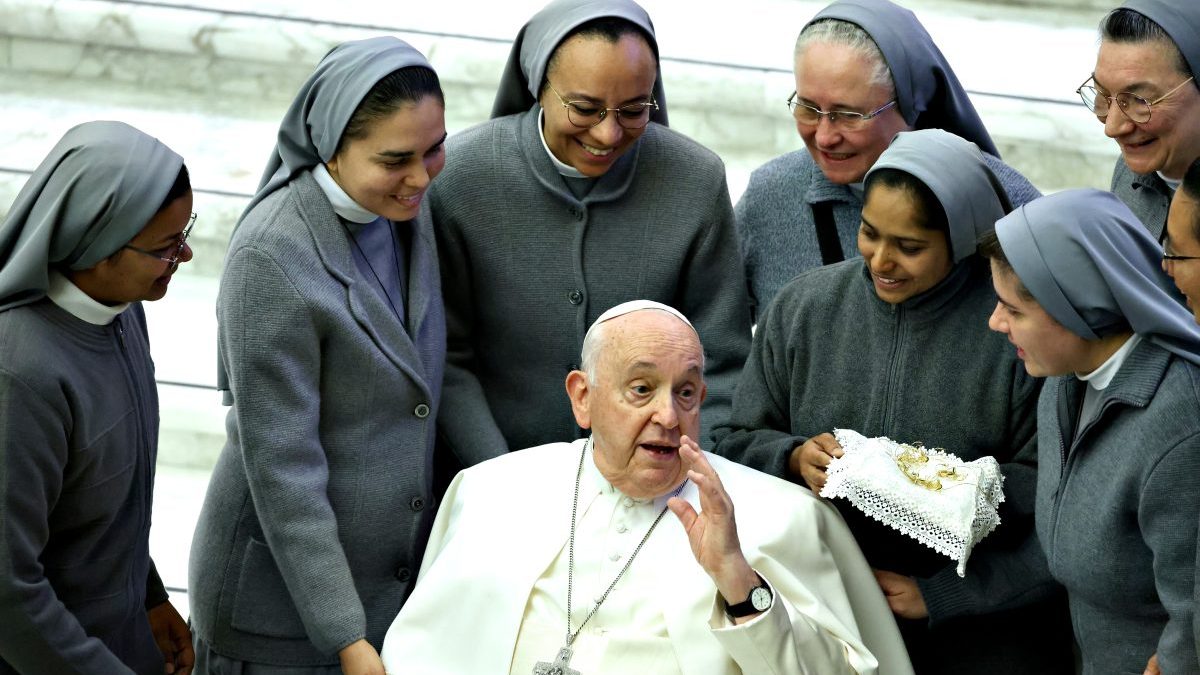Beyond the Veil: Why Feminism and Religious Tradition Clash

Unraveling the complex relationship between religious institutions and women's empowerment demands a remarkable intellectual gymnastics. The notion that the Pope or organized religion has genuinely championed women's rights requires a profound leap of imagination and critical analysis.
Throughout history, religious hierarchies have often been characterized by deeply entrenched patriarchal structures that have systematically marginalized women's voices, opportunities, and autonomy. While some progressive movements within religious contexts have emerged, the overarching narrative remains one of persistent gender inequality.
The challenge lies not in dismissing religious institutions entirely, but in critically examining their historical and contemporary approaches to gender dynamics. True advancement of women's causes demands a nuanced understanding that goes beyond superficial rhetoric and examines the fundamental power structures that have long constrained women's potential.
Navigating this intricate landscape requires intellectual courage, a willingness to challenge long-standing narratives, and a commitment to genuine equality that transcends institutional boundaries.
